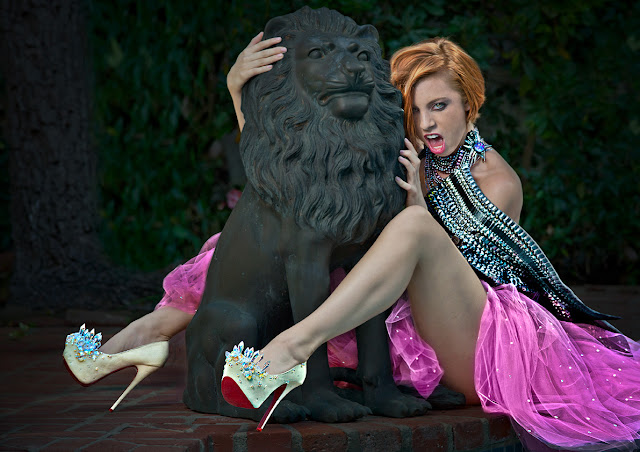The Park is extensive, measuring some 400km from north to south. Photographic opportunities abound for the patient. For me, I enjoy the smell of the African bush, the heat and above all, the tranquility.
I dearly would love to capture great wild life images but I lack the patience and the specialist equipment to succeed in this highly competitive genre.
This time last year when I was here in Kruger, I brought down my Hasselblad with an HC 300mm, my longest lens, which translates to a focal length of about 220 in 35mm speak. I lugged it around in the vehicle whilst traversing rutted gravel roads cringing every time I hit a bump and dreading to know what the vibration was doing to my kit.
Eventually, perchance, I came upon a black rhino. All fingers and thumbs with excitement I fired up the Hassy. Split seconds were needed to meter light, turn on an Elinchrom ranger pack and strobe head - set speeds and apertures far removed from my comfortable studio setting of 320th sec and f11 only to hear a resounding thunk from my camera and a lens error number 42 notification. Camera completely jammed. The accommodating Rhino sniffed around the vehicle for a few moments and trotted back into the thick bush from where it had come. The lens had to go to Sweden for a $1000 service. So ended my brief career as a Medium format wildlife photographer.
Nowadays I bring down my Fujifilm XPro1 and snap away knowing that I am not capturing anything particularly memorable, hey, I am on holiday!
I did shoot this published image of African Wild Dogs sparring in 2011 on a Nikon D3X just to prove I can direct animals as well as models!
On serious notepaper though, those who know me will be aware that I am a huge advocate of Medium format in the fashion and portraiture industry. Certainly the bush though, is not ideal for MF.
Nikon and Canon make great telephotos for wildlife and nature. More than that though this equipment is bombproof really "journo" tough and quite reasonably priced.
Phase and Hassy lenses top out at 300mm which is not enough for serious wild life work. Sure you can get larger lenses custom built at a price but the reliability of a MF system in harsh conditions is my concern.
Years ago I remember filling out a questionnaire for Hasselblad on what improvements I would personally like to see. I did mention that multiple focusing points could be nice but my major wish was that the body could be built by Nikon.
A safe New Year to everyone.








